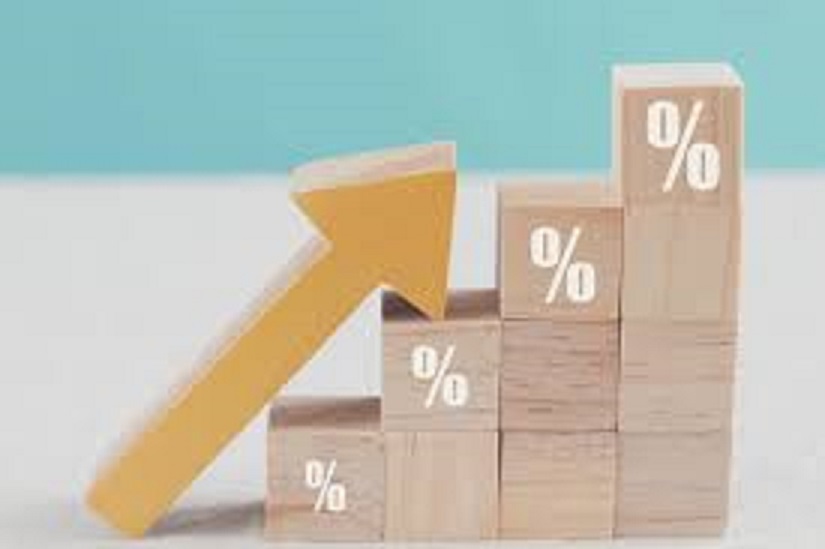Expansion is too high and the national bank needs to move speedier to fix it by raising loan costs, said Gilbert Garcia, an overseeing accomplice at Garcia Hamilton and Associates in Houston.
“I wished we’d resign the word ‘transient,'” Garcia said, talking about expectations that the new ascent in costs are brief.
“Expansion is running at 6%, likely well more than 6%, regardless of your perspective,” he added. “Plainly it’s more extended than temporary and it’s a lot more sultry than their inflationary objective.”
The passed on needs to minimize expansion, having advanced their contention from thinking that there are not actually expansion hazards in the U.S. to saying that it’s really to conceding that, OK, there’s some expansion, yet it isn’t so terrible.
He said it was the ideal opportunity for the Federal Reserve to lift rates, saying that the public authority is as of now keeping them “falsely low.”
The national bank has demonstrated that it could raise rates sooner than recently expected, with the principal climb conceivably coming as right on time as this spring. Rates have been almost zero since the pandemic started in the U.S. in March 2020.
A late-November study distributed by Pew Research shows that expansion here in the States is the third most exceedingly terrible on the planet, as Americans keep on enduring during the Biden organization that has seen inventory network emergencies, work market issues, and huge measures of government cash consistently being infused into the U.S. economy.
Rising costs are most harming the individuals who would least be able to manage the cost of it, Garcia added.
“Ordinary Americans are having a truly challenging time with food expansion, which is running extremely near 30% and 40%,” he said.
“This 6% expansion is destroying,” Garcia said. “We must return that expansion once again to a more ordinary, containable level.”
As indicated by Pew, we rank behind just Brazil and Turkey for most noteworthy change in yearly expansion rate from the second from last quarter of 2019 and the second from last quarter of 2021.
One such writer is Brenda Lloyd was born in Tuskegee Albama and educated at Kent state University. He has written across the National News. He worked as a manager for the global marketing department
Disclaimer: The views, suggestions, and opinions expressed here are the sole responsibility of the experts. No journalist was involved in the writing and production of this article.




